Sailing in Germany.
Ruden Island.
After leaving Poland, our first stop is the island of Ruden in Germany. We would never have ended up here if it weren’t for our friend who knows these areas like the back of her hand – thank you! As soon as she told me that you can see seals on Ruden, we immediately planned a stop on this island.
First anchorage with Tranquility
And the stopover is special not only because of the seals. This is also our first anchorage with “Tranquility”. When we drop anchor, we are aware that in the future we will repeat this maneuver almost every day, in various places around the world. It is also a great opportunity to try out our new Vulcan anchor, which we have installed in Gdańsk, for the first time. As expected, it does not disappoint us on the first or any subsequent nights.
As we still have a relatively short 40 m chain, we are limited to shallow anchorages. This is because we always need to lay out a chain that is at least three times longer than the water depth in which we are anchoring. For example, when anchoring at a depth of 5 m, a minimum of 15 m of chain should be laid. If you expect strong winds, storms or weather changes, you need to lay out five times or more chain length than the depth at which you are.
On Ruden, this is not a problem because we anchor at about 7 m. We will replace for new, 80-meter and thicker chain (10 mm instead of the current 8 mm) in Spain, where it is already waiting for us in the sailing shop. But it’s a long way to Spain.
Colony of Grey Seals on Ruden Island
Ruden Island is a paradise for seabirds, so landing on land is prohibited. We anchor at a safe distance with the intention of looking out for seals lying on the rocks.
The next day at dawn we decide to go with the dinghy closer to the rocks where the seals may be. Armed with a telephoto lens, we can see a lot of them from a distance! Even though we move slowly, quietly and without an engine, the seals notice us. Unfortunately, one by one, they descend from the rocks into the water.
We are a bit disappointed. Not because of the lack of good shots, but because we disturbed the animals in their natural habitat. Regardless of whether we are on safari, diving or just watching nature, we always try to behave so as not to disturb the peace of wild animals. After all, we are their guests.
However, disappointment is quickly replaced by surprise. It turns out that the seals were not running away from us but they were coming closer! One of them is particularly brave and curious, she surfaces her head right next to our dinghy. She looks at us with more surprise than we look at her. I don’t think we need a telephoto lens any more. A dozen or so other seals are swimming around our dinghy, diving and watching us. Some close up, others keeping their distance. Observing animals in their natural habitat is my favorite part of traveling and diving. Therefore, when we decide to return to the boat, the joy knows no limits.
After such a close encounter with the seals, we initially thought that they must be fed here by tourists, hence their lack of natural fear. But then we thought that some of the seals could be released from places such as the Seal Center, which we visited in Hel. We wrote about it here. This would explain their habituation to human presence.
At dawn, light fog is covering the sea and you can barely see the horizon. So, taking advantage of such beautiful scenery, we do a photo session of our “Tranquility”. A year later and many sessions later, the one from Ruden Island still remains my favorite.
Peenemünde
On the same day, we sail 2 miles to the island of Usedom, to Peenemünde. We moor at Peenemünde Nordhafen, a marina on the west coast of the island. In the south of the island, closer to the museum there is another marina – Peenemunde Sud. However, the map shows that it may be too shallow for us. There is also better infrastructure in the northern marina, you can rent bikes and cycle around the island. However, we choose a 40-minute walk to the Historical and Technical Museum.
The Peenemunde research station operating in 1936-1945 is a birthplace of the cruise missiles – V1. Also the first one in history, successful ballistic missile – V2 was produced here. This place was the largest arms center in Europe at that time. The museum itself presents the history of the invention, development and use of these weapons.
The whole thing is described with the message “Two Ends of the Parabola”. It presents two divergent perspectives from which the technology can be assessed. At one end of the parabola we have the enormous scientific and engineering success of the people who constructed the weapons. At the other end there are human tragedies and death. I think this is a very accurate message of this place. Although the production of weapons contributed to the death of thousands of people, we should also remember that the invented technology laid the foundations for the development of rocket engines and space travel.
We spend long hours in the museum trying to learn as much as we can. If someone has more time, there is a 25-kilometer route on the island to explore (preferably by bike). It leads around historical points in the area, excluding dangerous objects. On the route you can see, for example, a guardhouse, an airport and bunkers. Many of the buildings are ruined, but it is worth taking a walk and seeing what a huge area the plant occupied. Another interesting observation is how quickly nature regained its territory. The place is definitely worth visiting, especially since it is very easily accessible from Poland. You don’t need a yacht to visit here.
Hiddensee Island
The next day we plan to visit another place recommended to us – the idyllic island of Hiddensee. To get there, we pass under the Stralsund lifting bridge. Then we sail through narrow waterways and shallows, towards Kloster. Next to Vitte and Neudenforf, it is one of the three towns on the island. Hiddensee has less than 1,000 inhabitants and in the times of the East Germany it was a holiday resort for tourists from the communist countries. Our stay on the island does not make a spectacular impression on us. Although the place is undoubtedly beautiful, green and peaceful, it is probably not enough to satisfy our adventurous souls.
We rent bikes from one of the many rental shops available in the town with the intention of riding around Hiddensee. After all, the entire island is less than 17 km long! It quickly turns out that access to many viewpoints is impossible by city bike. Some paths are soft and sandy. Bicycles therefore become unnecessary ballast. We have to either walk them or leave them in designated places and then come back for them. Additionally, the chain on Tomek’s bike breaks, so he can no longer ride. The main attraction of the island – the beautiful Dornbusch lighthouse from 1888 also disappoints. It is under renovation, so instead of a snow-white structure against the sea, we only see scaffolding.
For consolation, we visit the smaller, charming Gellen lighthouse near Neuendorf. Even though Hiddensee advertises itself as an island without cars, from a cyclist’s perspective it is not exactly true. Maybe there are no private cars on the island, but the large number of technical, delivery and service cars is an unpleasant surprise for us.
Even though we didn’t like the island much, we are glad that we visited it. After all, we travel to discover new places and it is normal that not all of them will delight us. Nevertheless, I believe that we can safety recommend the island to people who value peace and quiet and do not need adrenaline.
The next night we sail to an anchorage on the north-west coast of the island with the intention of waiting for suitable weather to set off towards the Kiel Canal.
Sailing towards the kiel canal
Even though we have to motor day and night, we decide to set off the next day. We have 120 miles ahead of us. Our route is longer due to the need to bypass the island of Fehmarn to the north. The bridge connecting the island with the mainland is under renovation and the clearance is reduced from 21 to 18 m. We feel that with our 17-meter mast the margin is too small. Another surprise awaits us north of Fehmarn where construction work on the underwater tunnel between the islands of Fehmarn and Lolland has accelerated. The place where, according to current navigation warnings, we can cross the construction site, is closed. However, there is a motorboat on site that constantly informs passing yachts about the new route. So after consulting with it, we sail to the other side via a different route.
Ocean Race regatta
On the second day we finally manage to set sails. In the afternoon we reach the Kiel Fjord, where the Ocean Race regatta has the turning point.
The Ocean Race (formerly Volvo Ocean Race and earlier Whitbread Round The World Race) is a very prestigious around the world race. It takes place every three years. The first edition was held in 1973/74.
Heading to the Moltenord marina, where we plan to stop, we find ourselves in the first row of spectators. And there are many of them – it seems that everyone with a boat in the area, whether large or small, has gone out to admire the regatta. It’s uncomfortably crowded and police motorboats direct everyone into an even tighter space to make room for competing yachts speeding up to 30 knots. While Tomek maneuvers through the boats, motorboats and even inflatable dinghies, I take out my camera. After all, it’s not often that you get to admire such marvelous racing machines in action from the front row!
Already preparing for orca attacks
After this pleasant surprise, we finally reach the Moltenord marina, where we plan to spend the night before entering the Kiel Canal. We have one more important matter to deal with on site – a meeting with the manufacturer of the device… that deters orcas! There will definitely be a separate article about orcas, but I will explain in a few words what is the problem. For the last 4 years, in the vicinity of the Strait of Gibraltar, two pods of killer whales have been regularly attacking yachts and damaging their rudder fins. This led to the sinking of 4 boats and damaging hundreds. This is not normal behavior for these animals. When sailing to these areas, you should equip yourself with some countermeasures, and one of the options is a so-called pinger. This is a device that, when towed behind a yacht, emits ultrasound to scare away killer whales.
The article about the orcas’ attacks is now published — find it here!
Unfortunately, most pingers available on the market are programmed to scare away dolphins (fishermen use them to scare away dolphins that destroy their nets). So they don’t have a good track record with killer whales. The device we buy in Kiel is programmed for whales and killer whales with very promising results so far. The topic of killer whales will certainly come back here more than once, but the problem is so serious that already in Gdańsk, many months before reaching dangerous areas, we were organizing countermeasures that we would use in the event of an attack. We buy the pinger and the next morning we set sails towards the locks of the Kiel Canal.
Our view on pingers has changed since we wrote this article — you’ll find the updated details in the orca post linked above.
What’s next?
Kiel Canal – you can read about transit along this busiest artificial sea route in the world here. Then, we will meet in module 4 after leaving the Canal, where we will flow with the current of the Elbe River. Then we will go out to the North Sea, we will sail to the island of Heligoland and to Amsterdam. Because, as the famous shanty says, “You should visit Amsterdam at least once.”
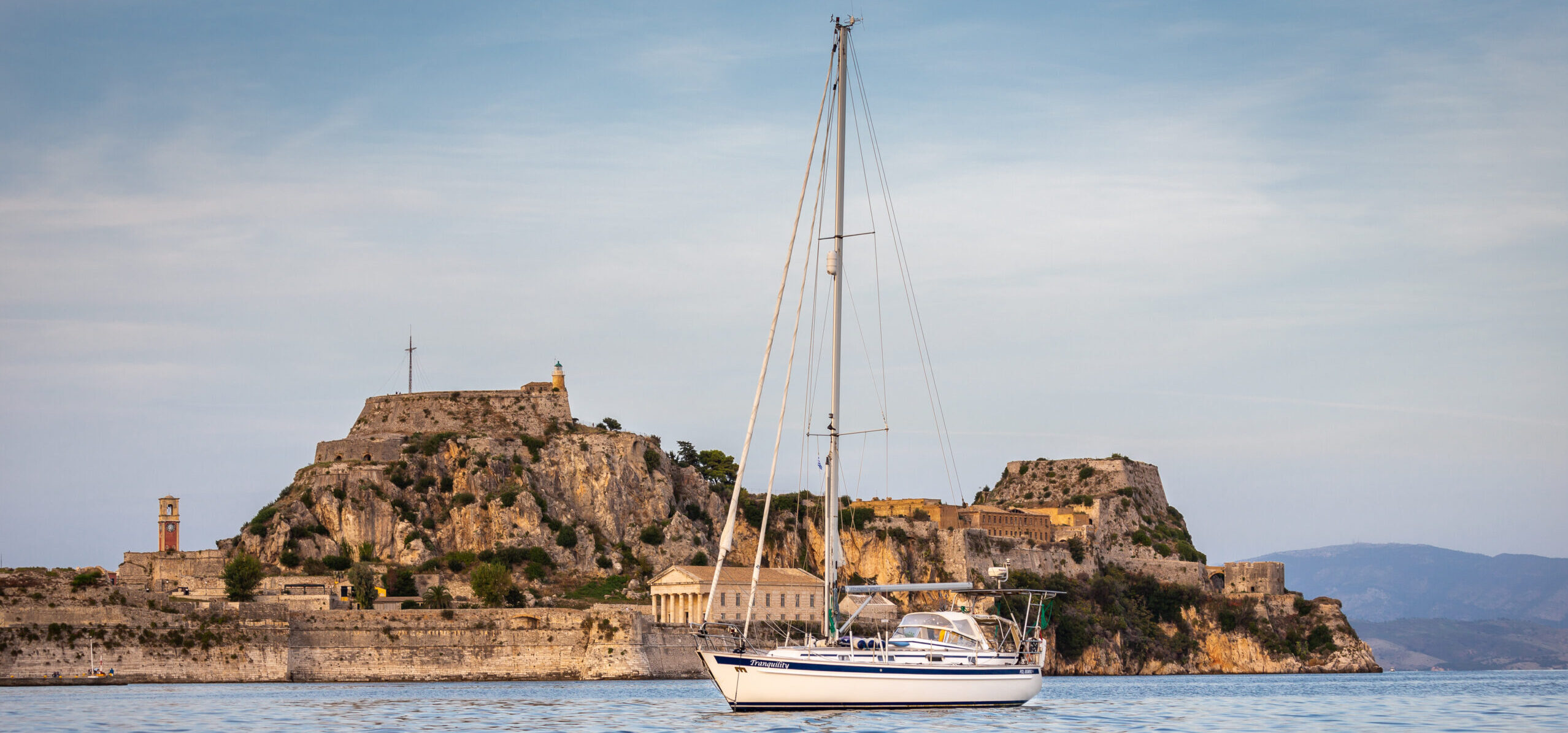



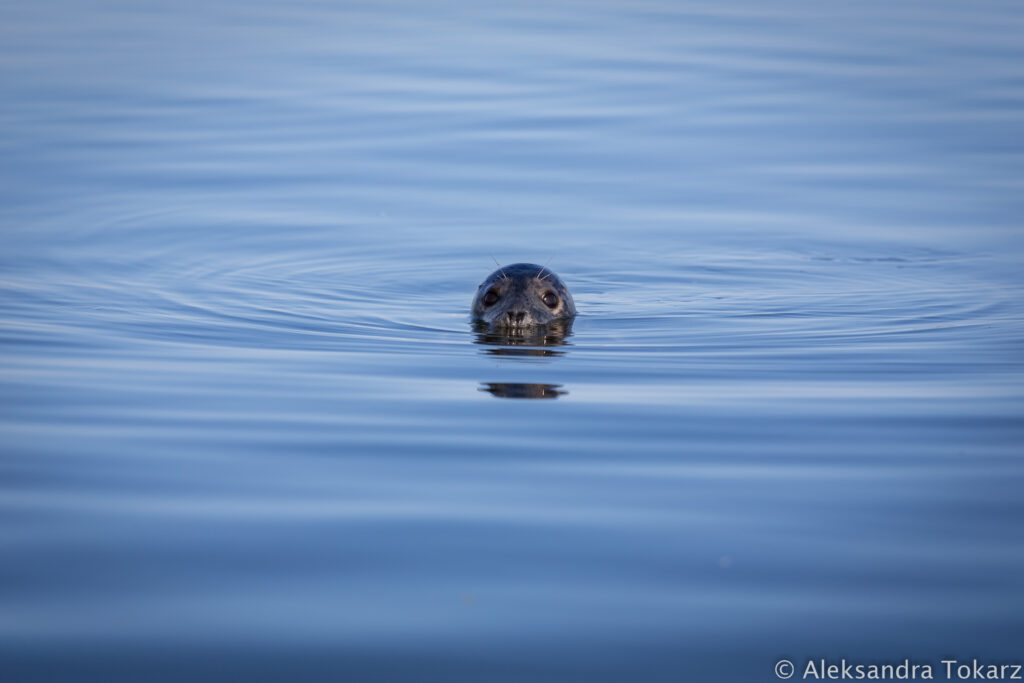
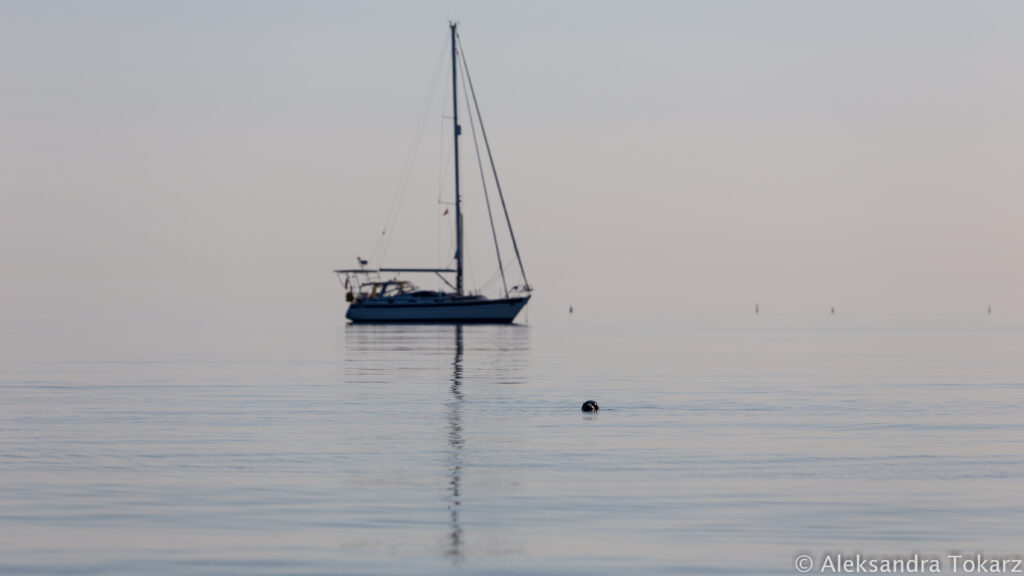
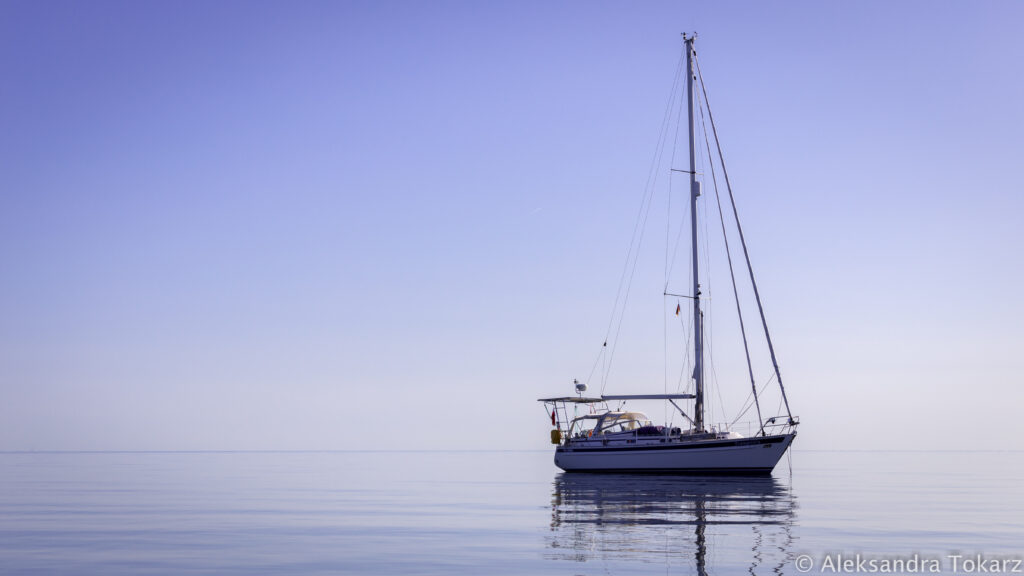
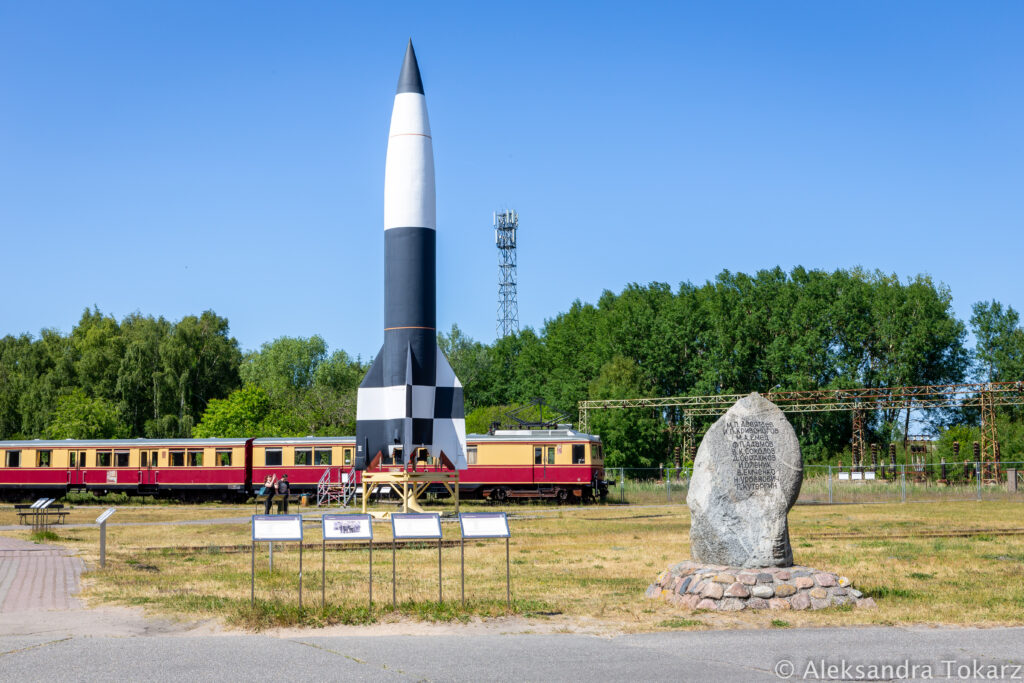
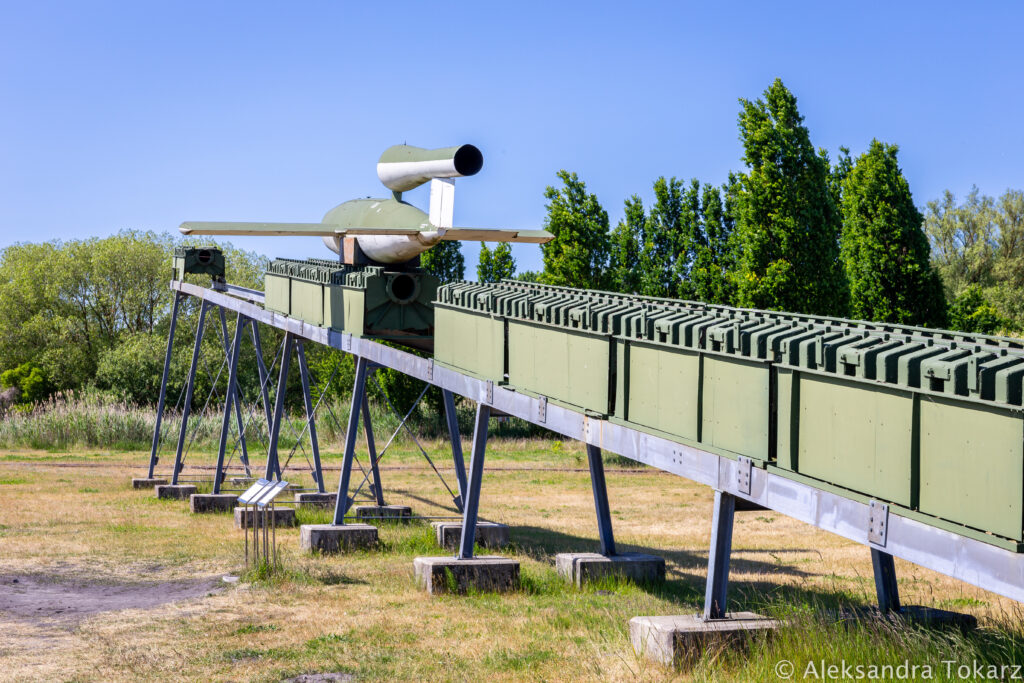
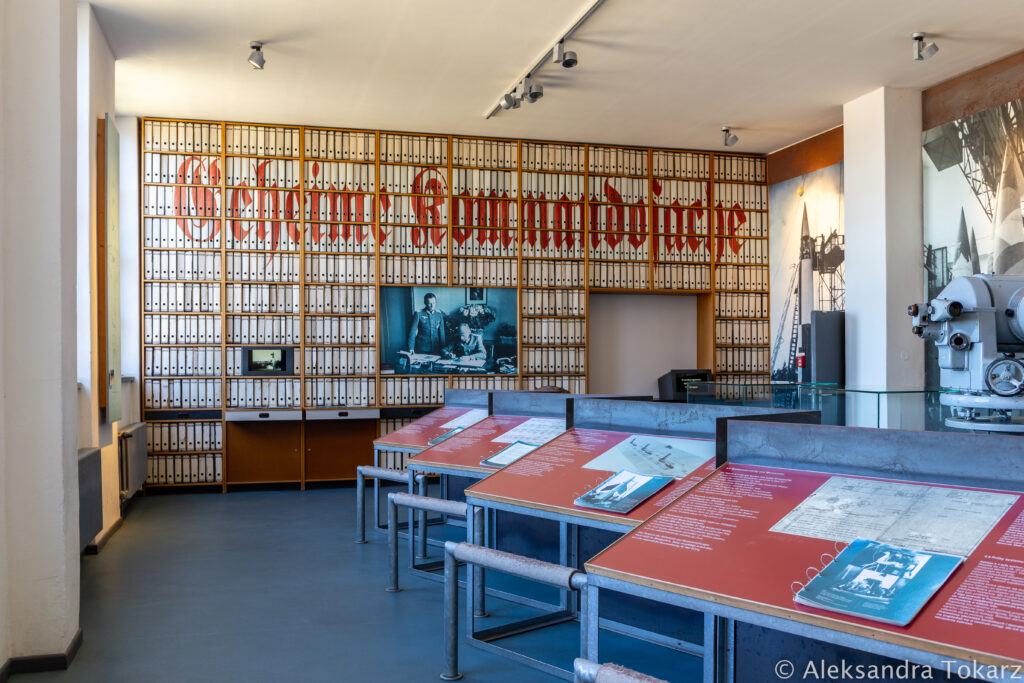

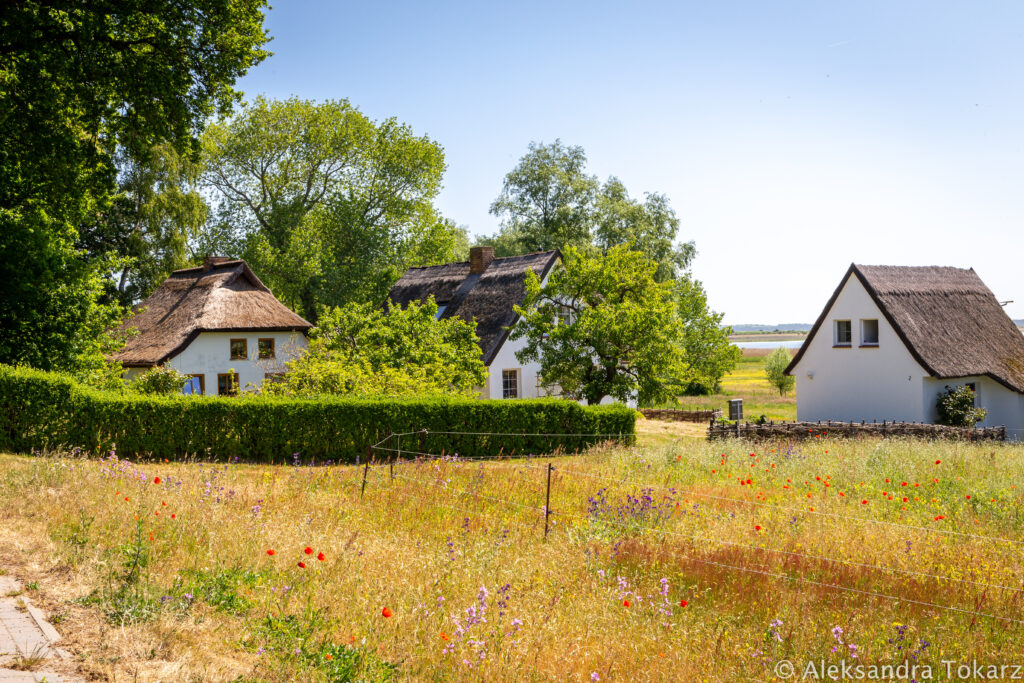
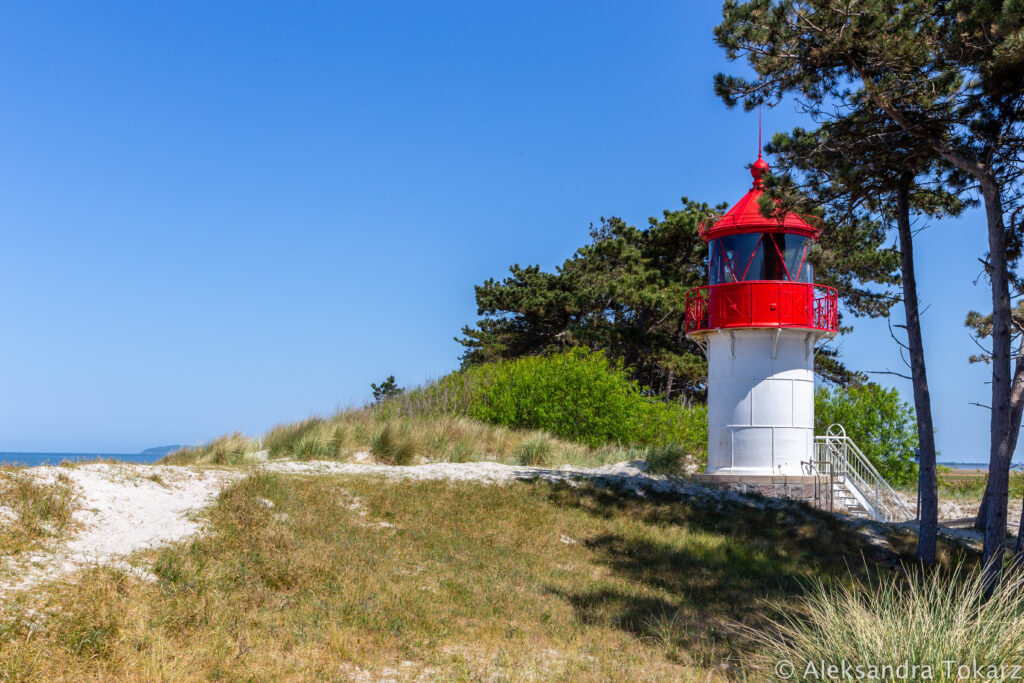
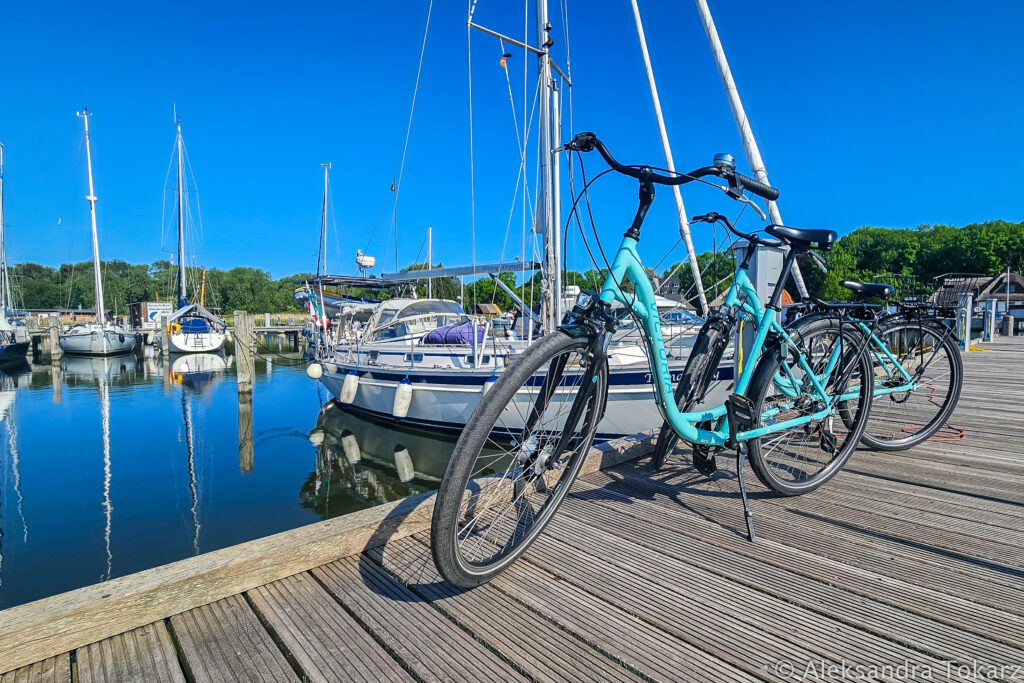
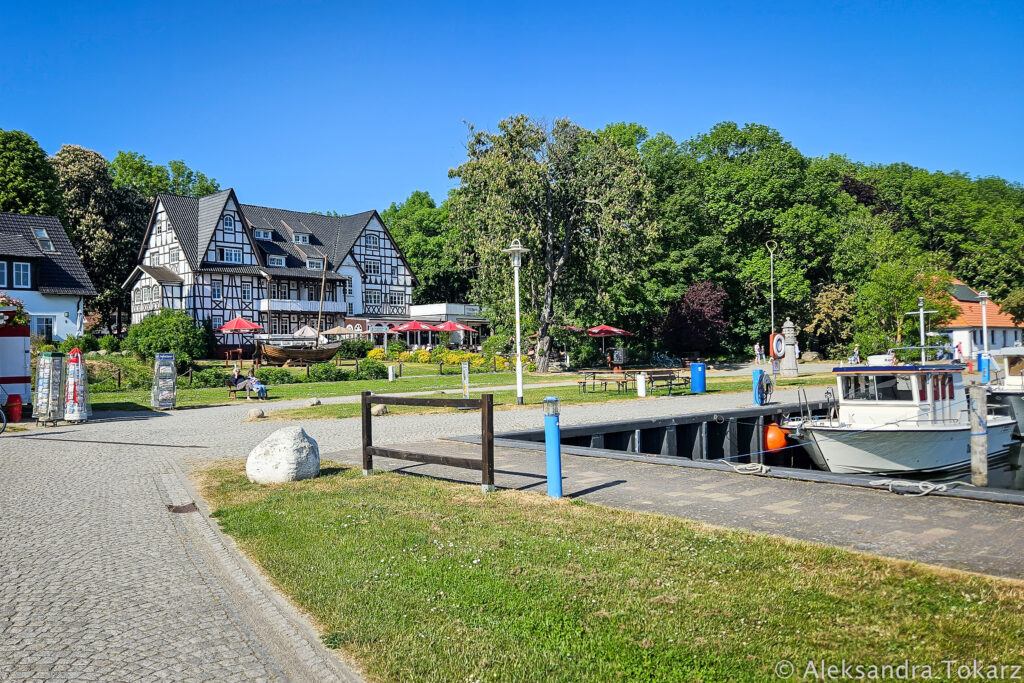
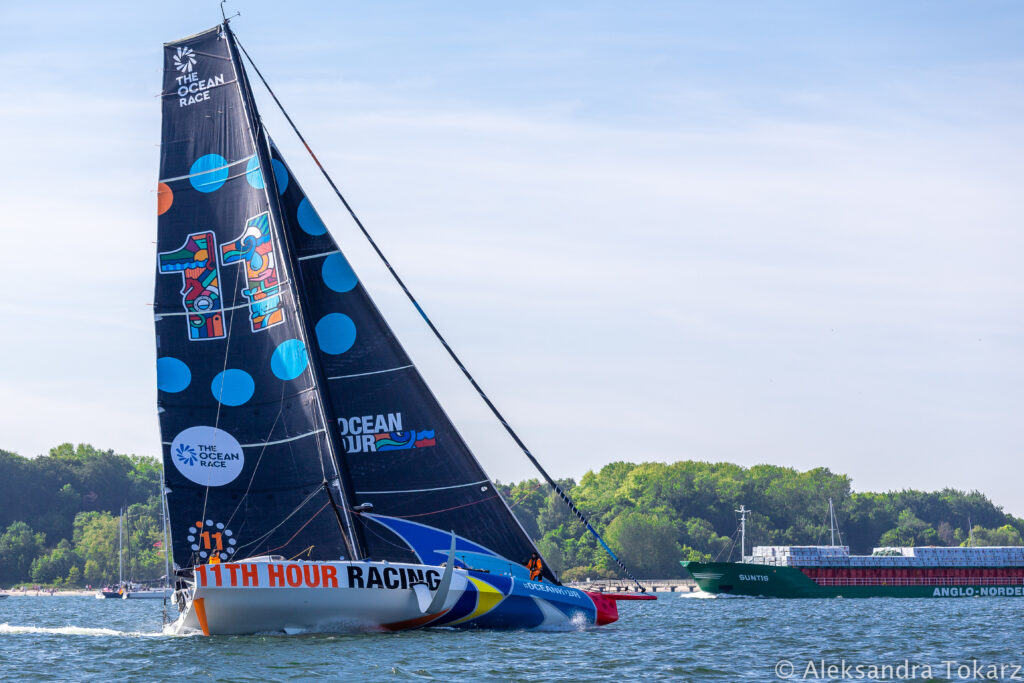
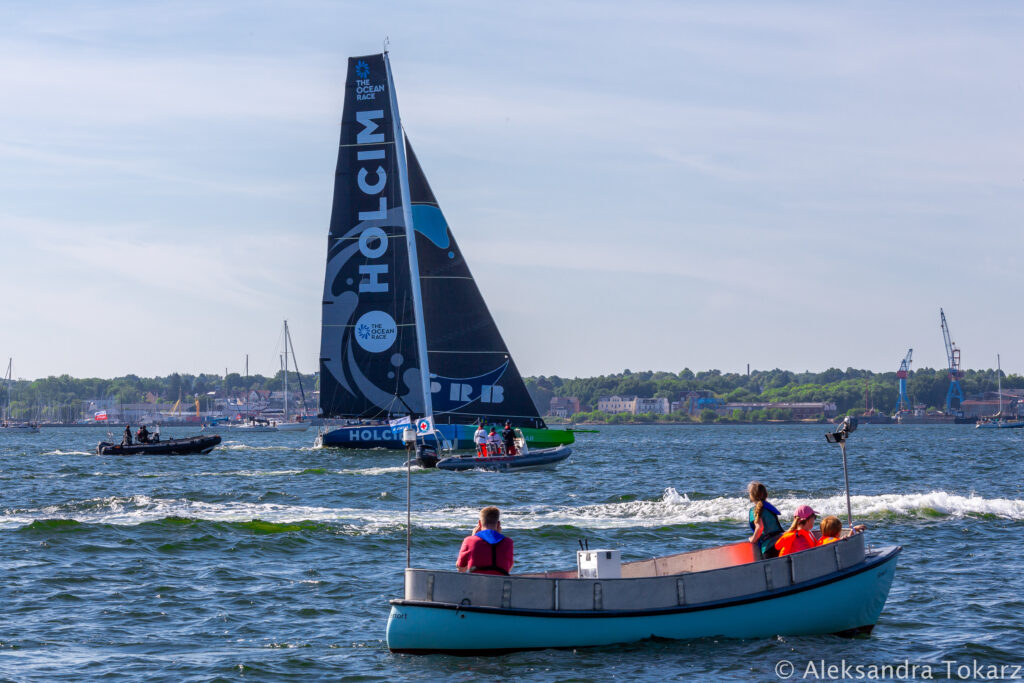
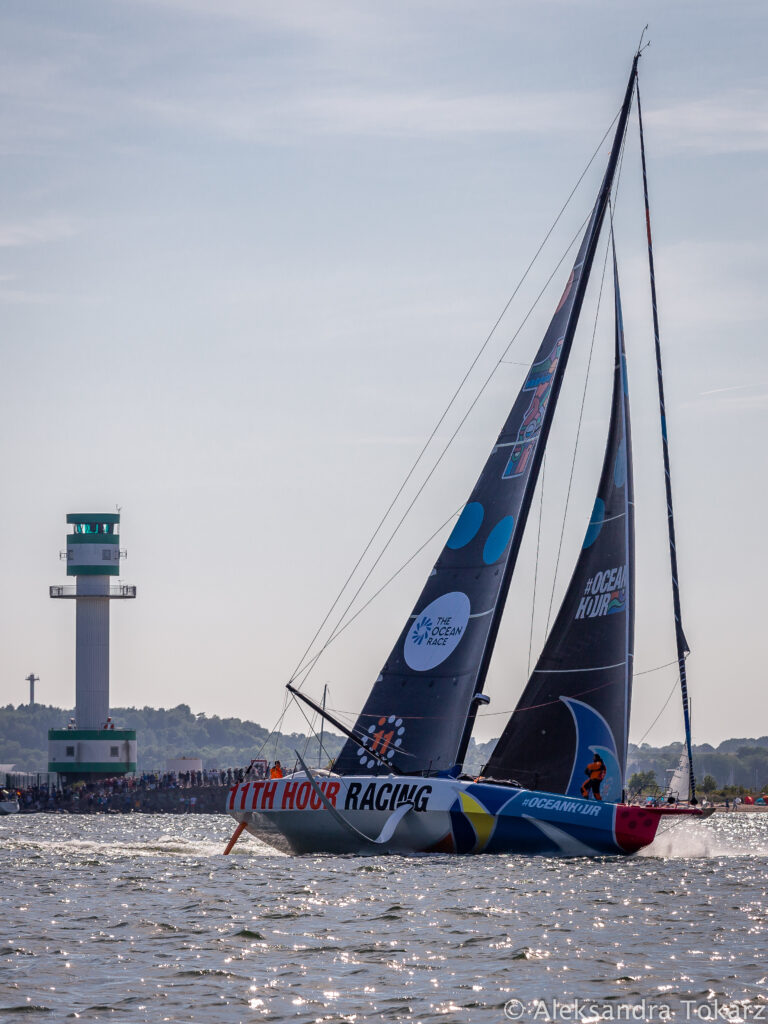
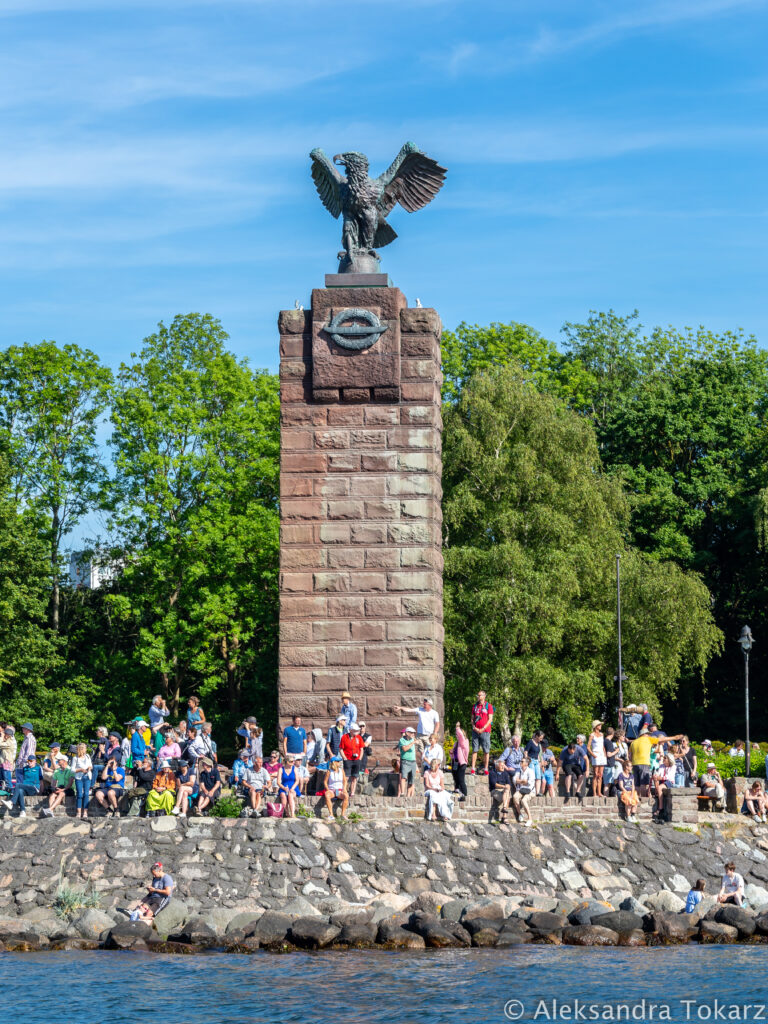

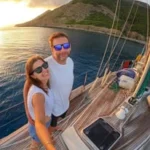


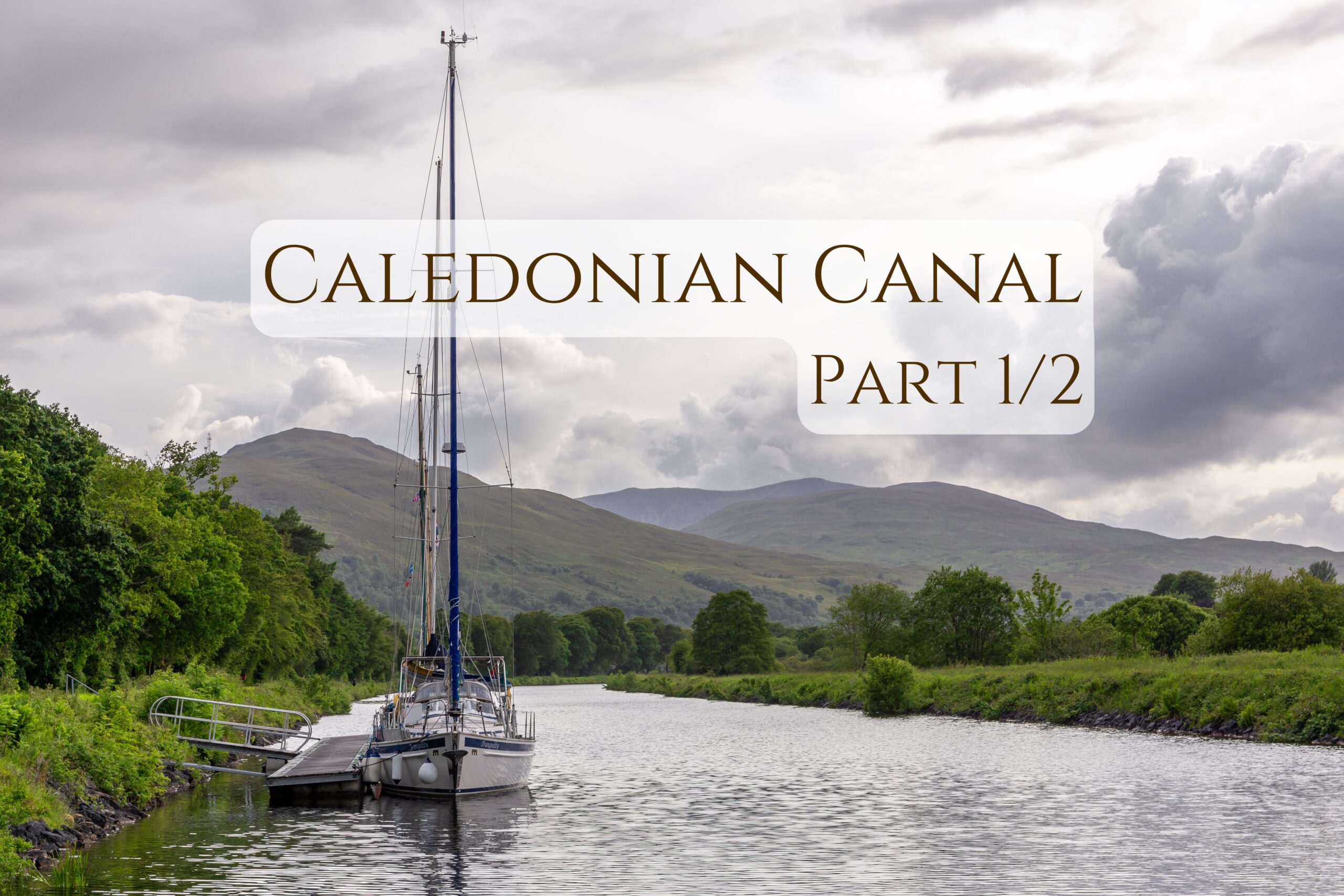
No responses yet